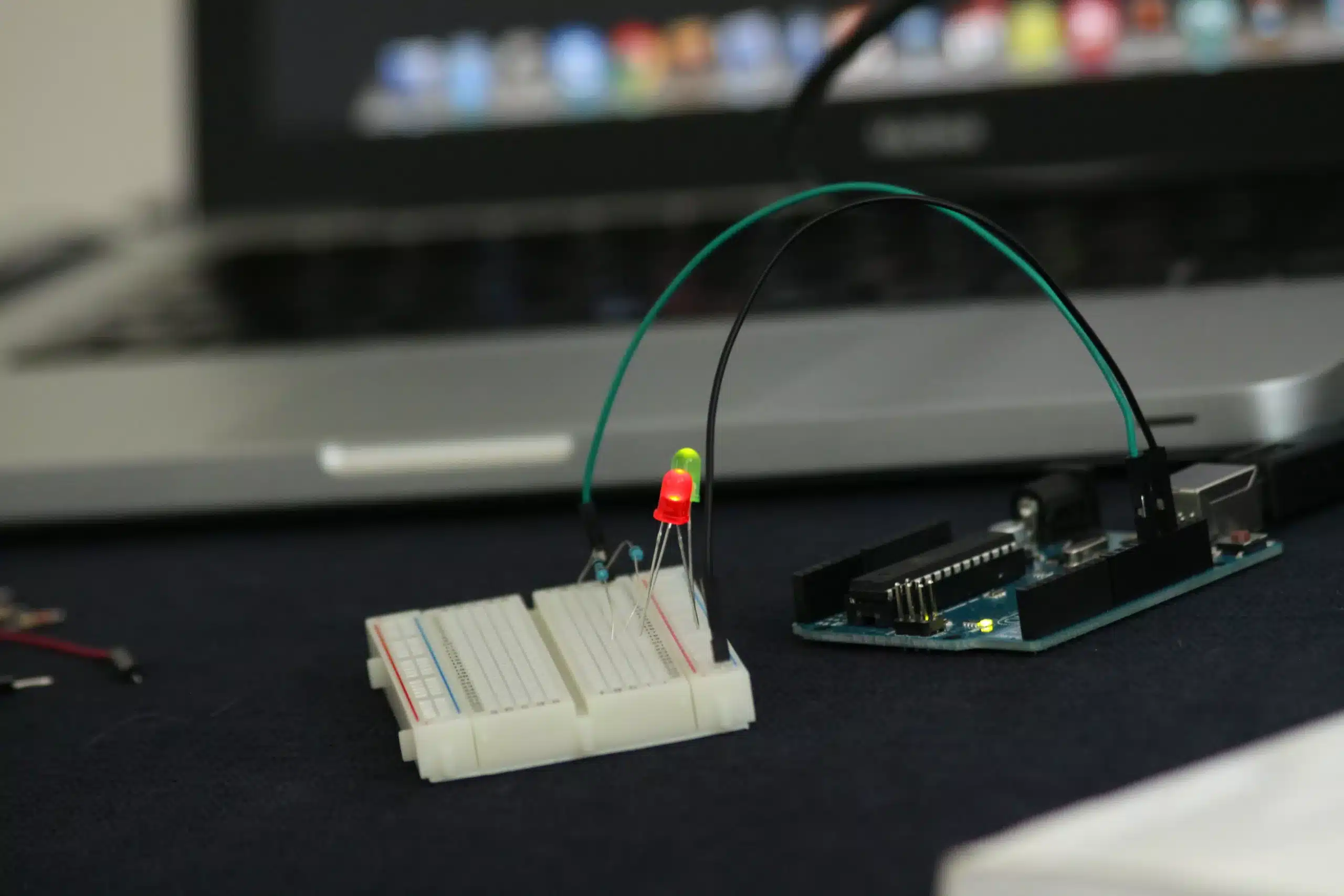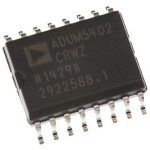
Introduction
Transistor controlled switching is a fundamental concept in electronics, enabling the efficient and precise control of various electrical and electronic circuits. One typical application of this principle is the control of LEDs using transistors. This technology is widely used in multiple applications ranging from general and automotive lighting to display panels, signage, and many other electronic systems where precise and efficient control of LED illumination is required. This article explains the working of transistor-controlled switching of an LED, enabling it to turn the LED on and off using a transistor as a switch.
Understanding Transistor and LEDs Basics
To understand how transistor-controlled switching works, it’s essential to have a basic understanding of transistors. Transistors are popular electronic devices made of semiconductor material that amplify or switch electronic signals. These components are known for their low power consumption and robust versatility. The two most common types of transistors used for switching applications are bipolar junction transistors–BJTs, and field-effect transistors–FETs.
LEDs are semiconductor devices that illuminate when a current flows through them. They comprise two terminals, a positive anode, and a negative cathode. The LED emits light upon applying a sufficient forward voltage across the anode and cathode.
Significance of Transistor Controlled Switching of LEDs
Transistor-controlled switching of LEDs is of great significance, offering improved efficiency, speed, compactness, control flexibility, reliability, compatibility, and safety. It also provides a low-power approach to control devices such as LEDs, reducing power consumption. Moreover, it allows for precise timing and control of the LED, enabling applications like blinking or dimming effects. Additionally, transistors can handle higher currents and voltages than typical microcontroller pins, making them suitable for controlling high-power LEDs.
Transistor as a Switch: Its Key Switching Capabilities
A transistor operates as a switch in either cutoff or saturation mode. The transistor is off in cutoff mode, and no current flows through it. The transistor is fully on in saturation mode, and current can flow through it. Controlling the transistor’s base current or gate voltage makes it possible to switch a transistor between these two states.
Understanding Transistor’s Different Modes
- Transistor’s Cutoff Mode: The transistor is in cutoff mode when the control signal is low or off. In this state, the base-emitter junction of a BJT or the gate-source junction of a FET does not conduct current, and the transistor is effectively turned off. As a result, no current flows through the LED, and it remains off.
- Transistor’s Saturation Mode: The transistor enters saturation mode when the control signal is high or on. In this mode, the base-emitter junction of a BJT or the gate-source junction of a FET conducts current, allowing current to flow through the LED and the current-limiting resistor. As a result, the LED illuminates, emitting light.
- Control Signal: The control determines the on or off state of the transistor and can be generated by various means. The control signal can come from a microcontroller programmed to control the LED or can manually connect or disconnect the control signal to the transistor.
Basic Steps Involved in Switching an LED Using a Transistor
Various components are required for bespoke processes, including NPN transistor, LED, Resistor, and power supply. Other steps include:
- Circuit Setup
- Base Current Control
- Current Amplification
- Resistor Calculation, and
- Testing and Operation.
Designing Transistor Controlled Switching Circuit
The transistor-controlled switching of an LED involves using a transistor to control the current flow across the LED, thereby turning it on or off. The most used transistor for this purpose is the BJT. A simple circuit board is designed to control an LED using a transistor. The LED is connected in series with a current-limiting resistor, and the transistor is connected in series with the LED. The transistor’s base or gate is connected to a control signal, such as a microcontroller or a switch.
Basic Working of Transistor Circuit for Switching LEDs
When the control signal at the base terminal is high, it allows current to flow from the collector to the transistor’s emitter. This current also flows through the LED, causing it to light up. The resistor limits the current passing through the LED and prevents it from burning out. On the other hand, when the control signal is low, no current flows through the transistor’s base-emitter junction, cutting off the current path from collector to emitter. As a result, the LED turns off.
The Bottom Lines
Transistor-controlled switching is a versatile and reliable technique that allows the precise control of LEDs and other electronic devices. By understanding the basic principles of transistors and their modes of operation, one can design circuits that can switch LEDs on and off as desired. This technology finds applications in various fields, from lighting to automation, and continues to evolve with advancements in semiconductor technology.





















